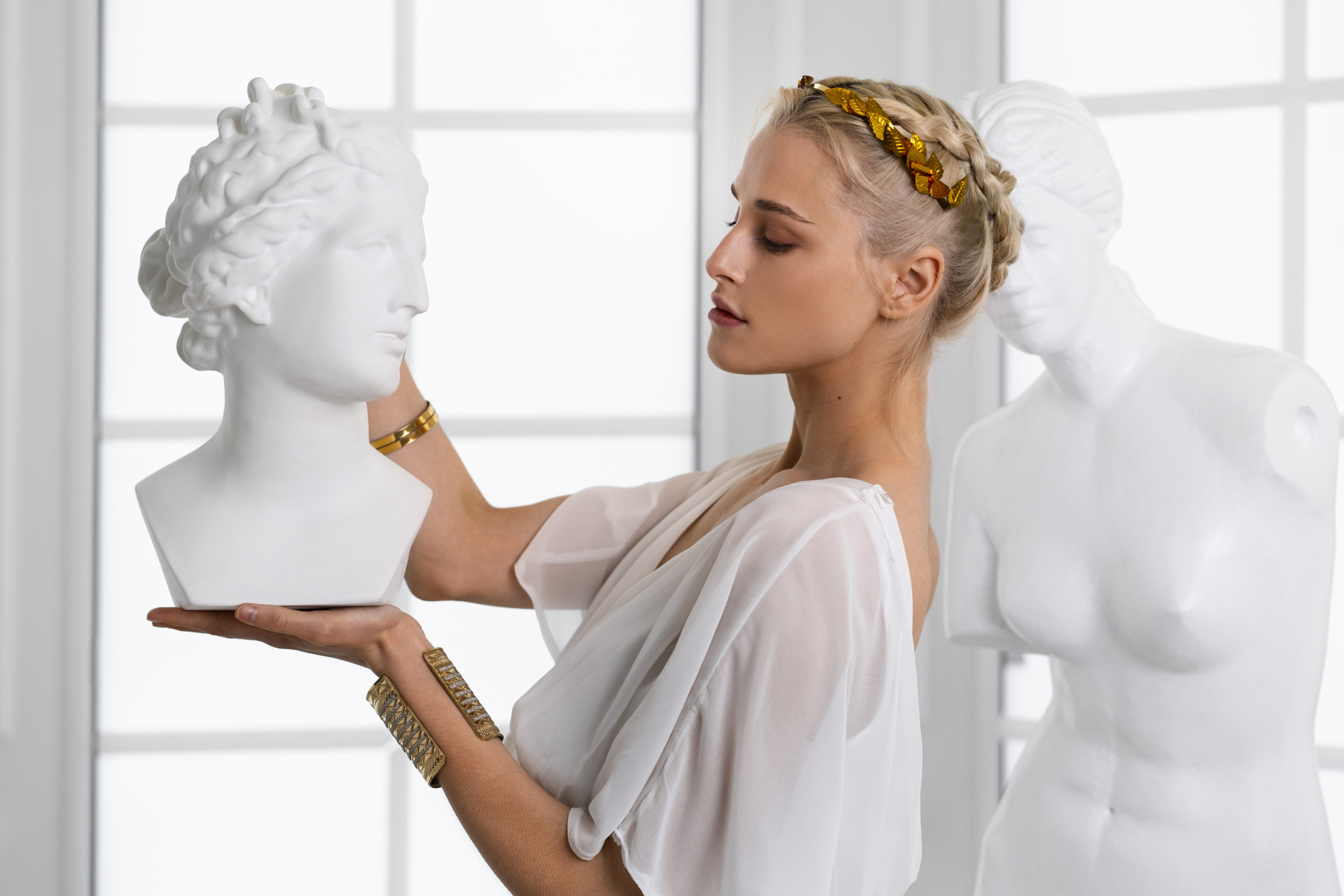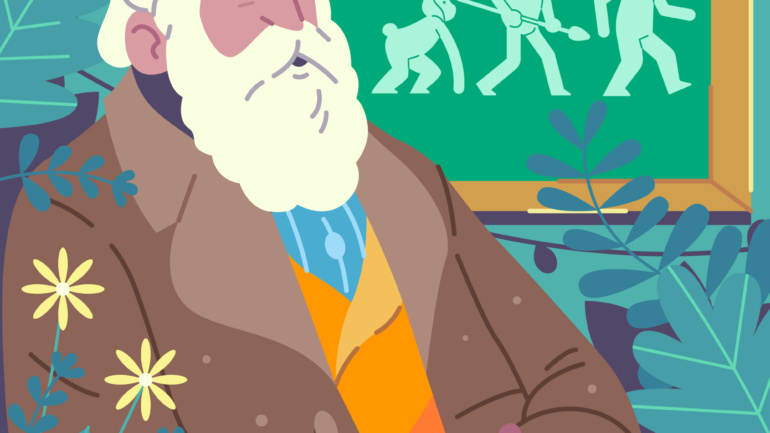Today, I will introduce to you the famous Father of Sculpture—Donatello. He made immense contributions to the Renaissance, not only laying the foundation for the aesthetic style of sculpture but also helping us recognize what it truly means to be a master.
Father of Renaissance Sculpture: Donatello
- Donatello is considered the founding father of Renaissance sculpture. The simplest way to remember his name is to associate it with the animated characters from Teenage Mutant Ninja Turtles. The four turtles are named Leonardo (after Da Vinci), Michelangelo, Raphael, and Donatello. In the comic, Donatello is the youngest of the group, but historically, this sculptor is their senior by almost 100 years, much older than the three Renaissance masters.
- Donatello was born in 1386 and lived in Florence during the 14th and early 15th centuries. He created a large number of sculptures throughout his life. He is known as the “Father of Sculpture” and was the first full-time sculptor in history after the oppressive thousand years of the Middle Ages. His emergence signified a more open society, with humanism beginning to take center stage.
- Donatello lived in a time of significant historical context. At that point, the core doctrine of Christianity clearly forbade idol worship, stating that worship of God should be internal and not through sculpted images. As a result, during the long Middle Ages, sculpture was virtually non-existent, and the concept of a sculptor did not exist. Donatello’s arrival marked a change in this social constraint. Even the Church’s strict teachings were beginning to lose their grip, which shows how the Renaissance had driven society into a more open era.
- Throughout his career, Donatello established the aesthetic style of Renaissance sculpture, which combined realism and elegance. His most important work, the statue of David, pioneered the representation of the male nude in art. Today, male nude statues seem commonplace, but Donatello’s David was the first male nude statue in over a thousand years, since the dark Middle Ages. Therefore, this work was highly significant and groundbreaking in a society that was still very closed at the time.
- Donatello’s David stands in a contrapposto pose, which is the most relaxed and natural position for the human body. Capturing this pose in sculpture is extremely difficult. Sculpting a tense pose might offer many variations, but a relaxed pose like this one has only one natural form. To capture and carve this single, unique stance requires deep skill and experience. Donatello was not trying to showcase his own mastery but rather capturing an elegant and graceful pose.
- In his later years, Donatello broke his own artistic conventions and surpassed his previous achievements, becoming a truly great artist. His later work, Mary Magdalene, depicted an elderly woman who had wandered in the wilderness for many years. She is shown with a gaunt, exhausted body, and this represents his late artistic pursuit of depicting the “ugliness” as beauty. Donatello wanted to reveal depth and truth to the world, not simply create a beautiful illusion to satisfy popular taste.
- Donatello was not a genius in his youth, but rather, he was quite average. Through relentless effort, he reached the peak of his career in middle age. What makes him truly great is that after achieving fame and wealth, he was not satisfied with the status quo or with being considered at his best. Instead, he continued to push beyond his artistic style in pursuit of deeper artistic expression. Many great masters followed this path—Michelangelo, Rembrandt, and Beethoven—driven by their artistic pursuits and unconstrained by material wealth or fame. This is why they became the true masters of their craft.
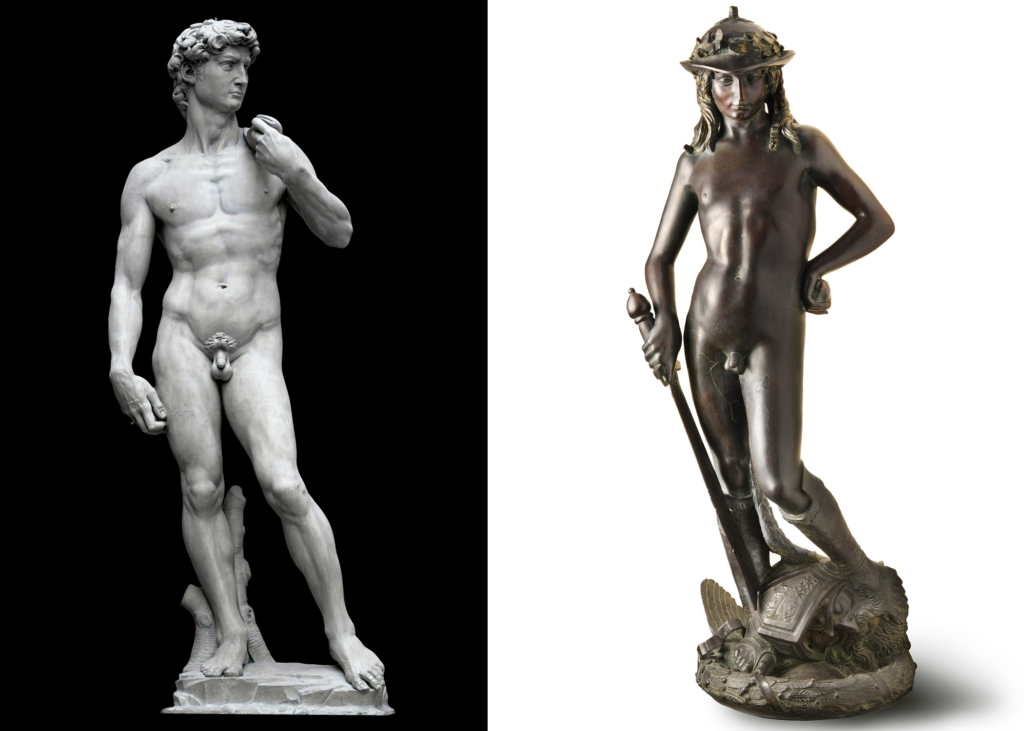
Top left: Michelangelo’s statue of David
Top right: Donatello’s statue of David
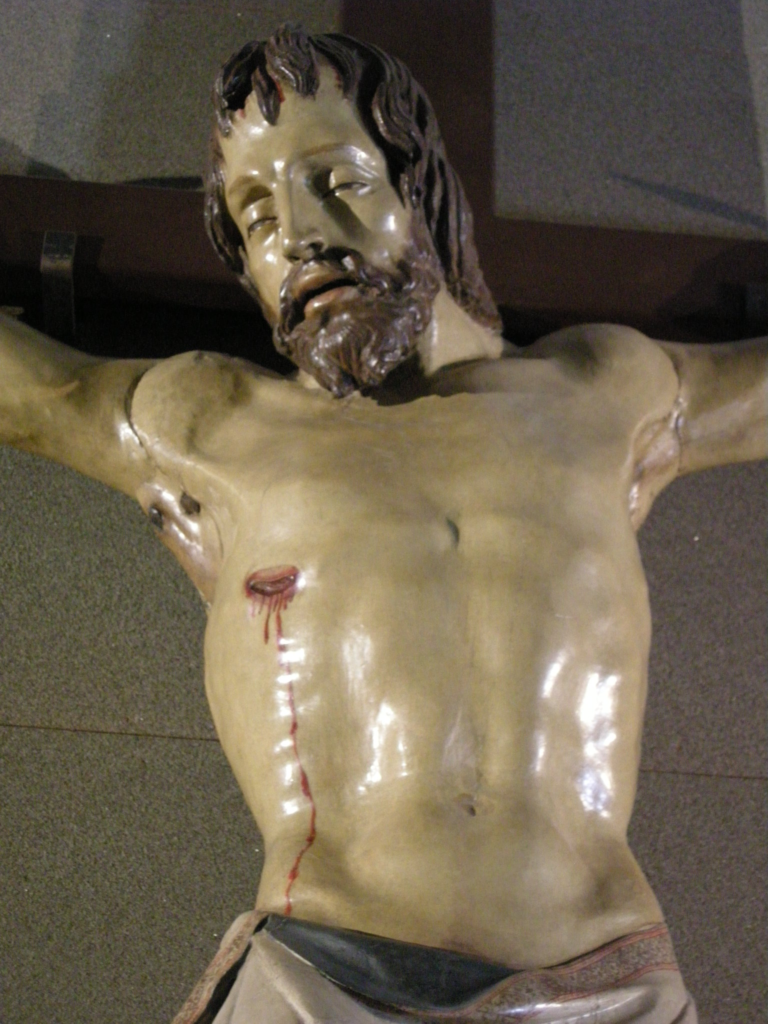
Donatello’s early work of the Passion of Christ

Brunelleschi’s work of the Passion of Christ

Donatello’s early statue of David
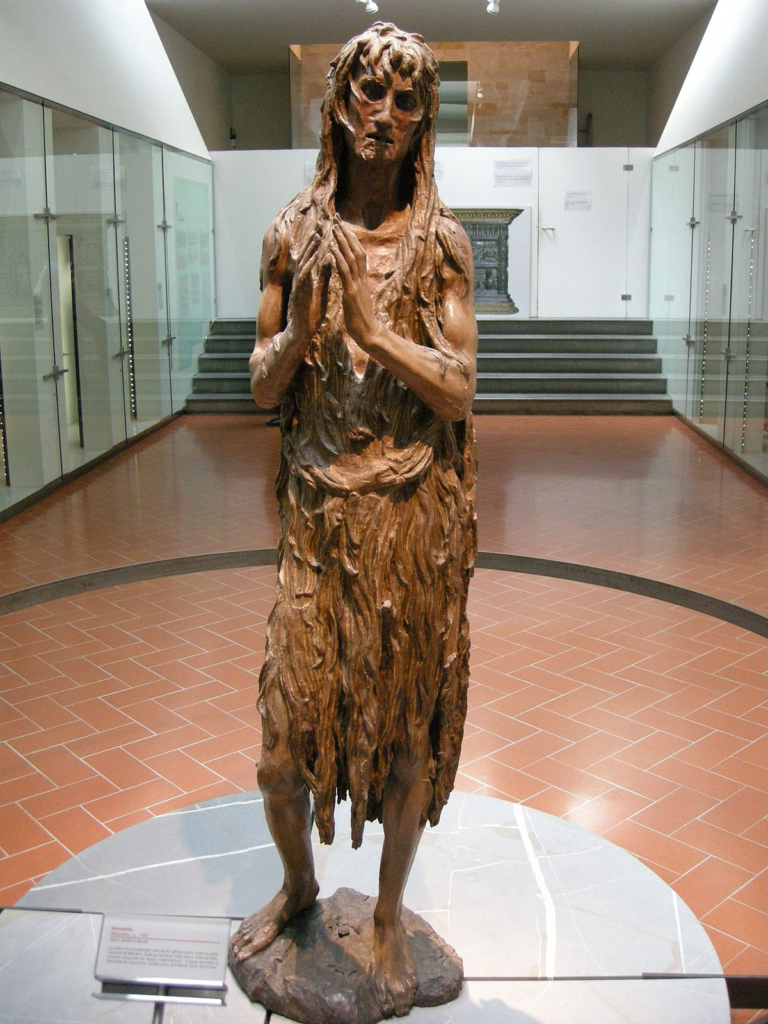
Donatello’s later sculpture Mary Magdalene
Why are many male sculptures depicted as David?
The reason many male sculptures are of David is because his story was akin to a “model” or ideal during that time.
David was the second king of Israel. When the enemy sent a giant named Goliath to challenge him, David was still an inexperienced teenage boy. However, because of his faith in God, God granted him strength. Using a small, self-made weapon, he defeated the giant, triumphing over strength with weakness, and protecting his nation.
The story is not meant to glorify David, but to highlight God’s power. It emphasizes that with God’s blessing, even the weak can triumph over the strong. This is the fundamental reason why many sculptors chose to depict David—his story was a symbol of divine strength and triumph, not just a celebration of a single man.
